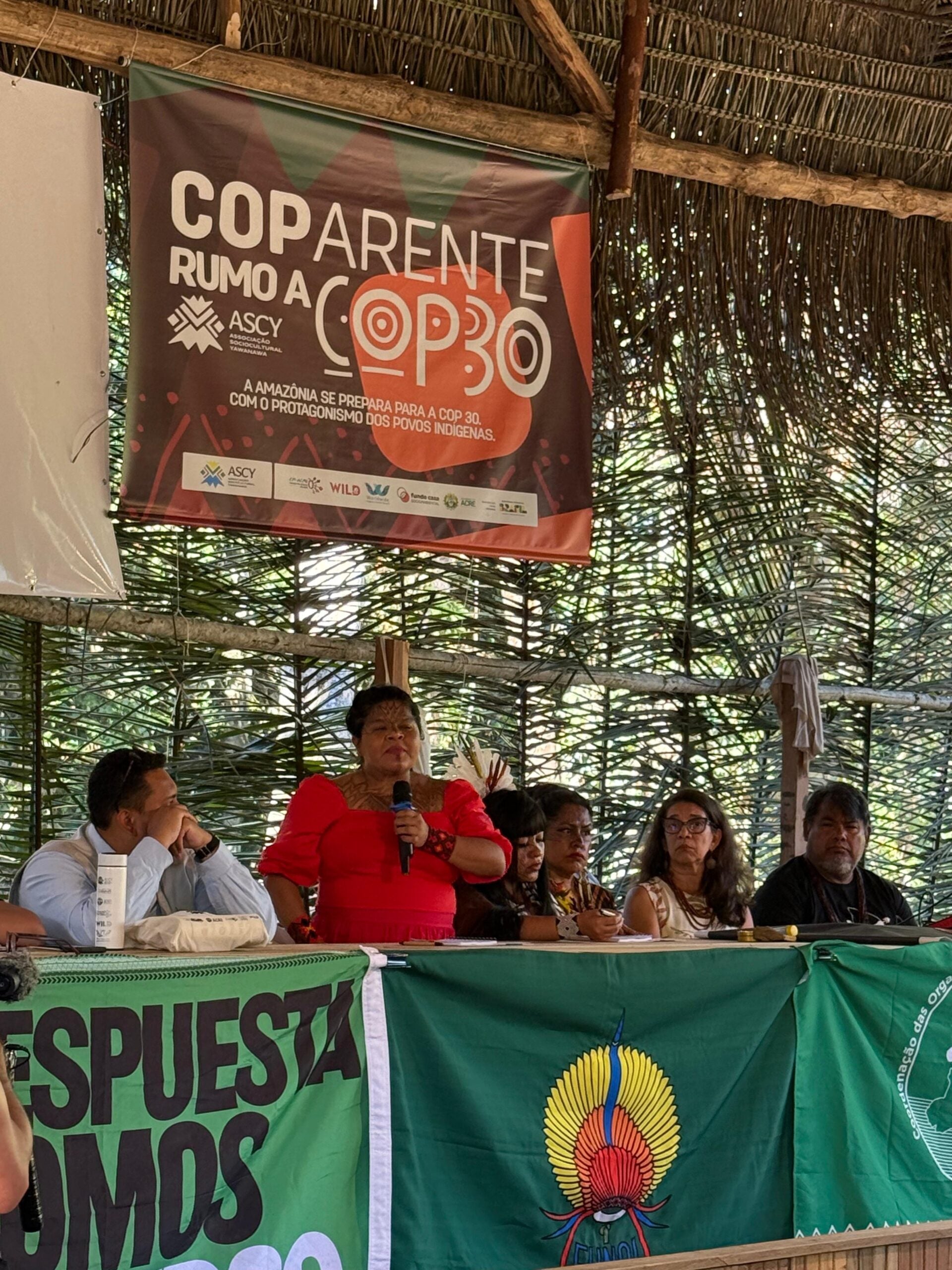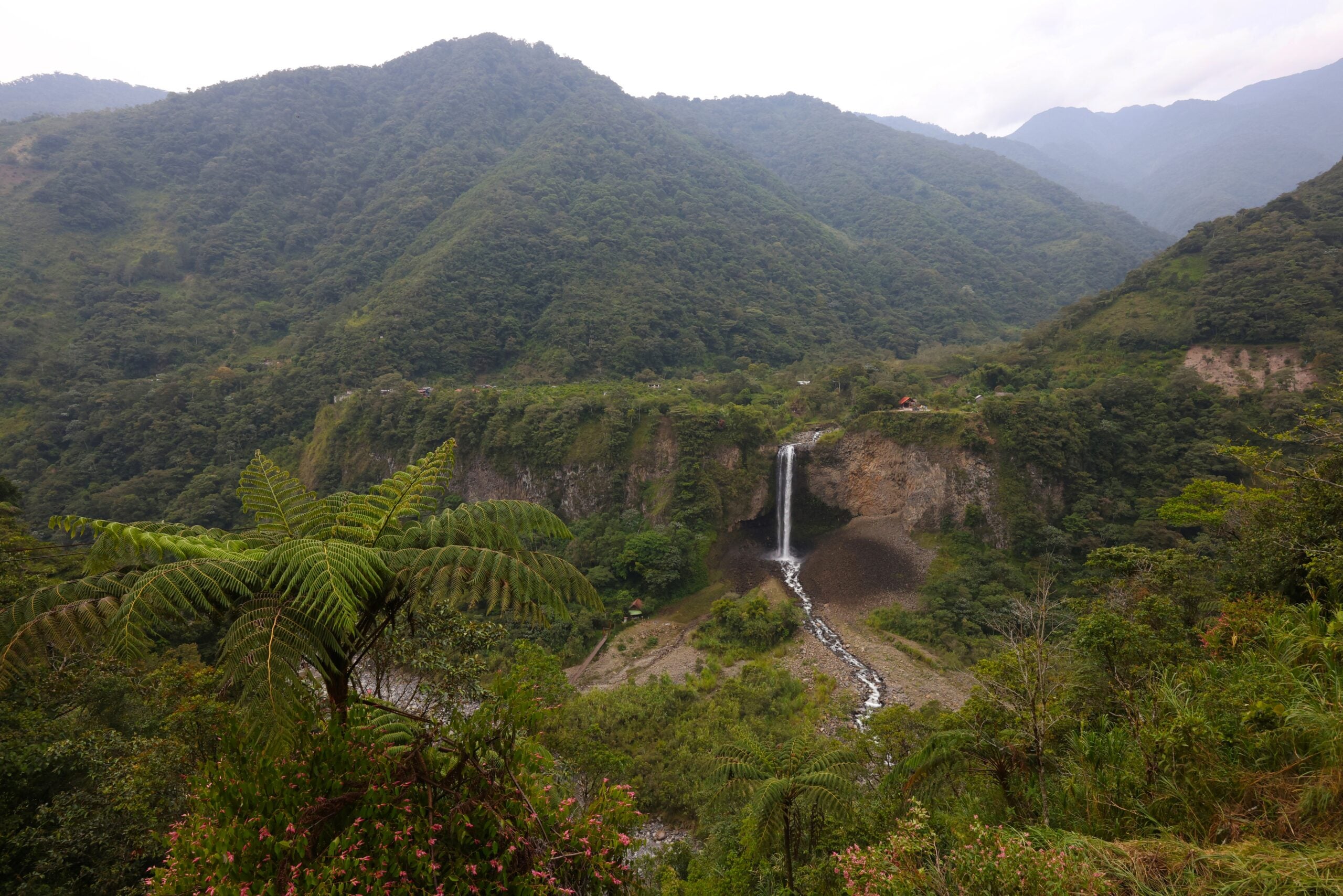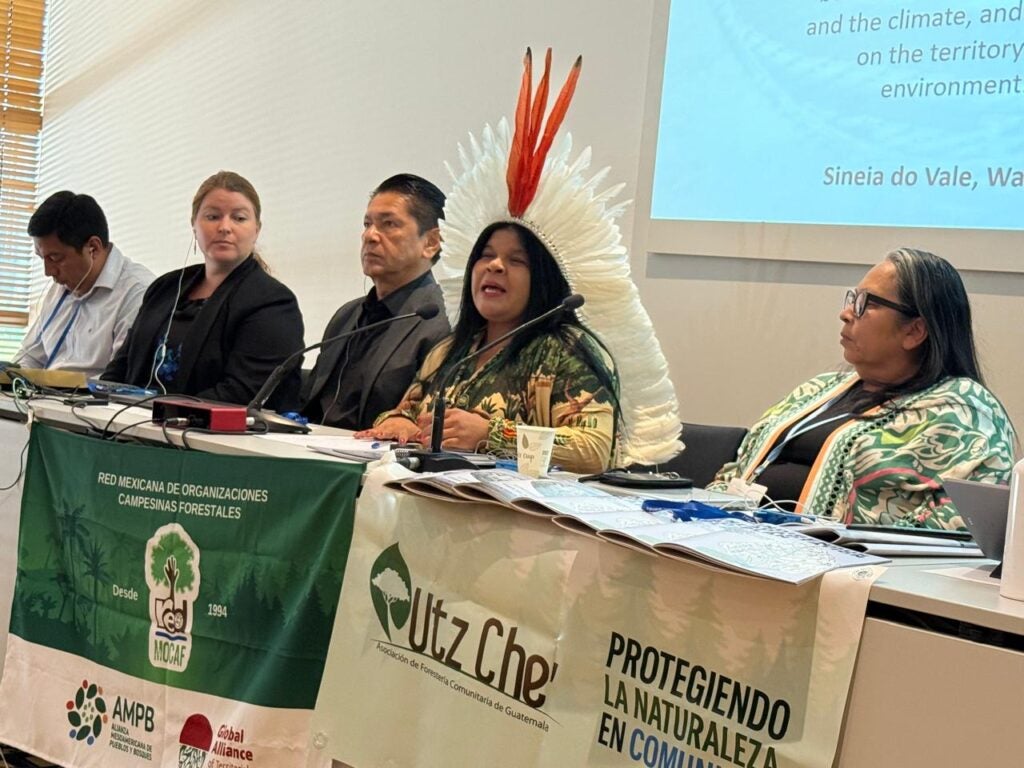By Bärbel Henneberger and Bia Saldanha
Today, the 30th Conference of the Parties to the UN Framework Convention on Climate Change (COP30) begins in the Amazonian city of Belém, Brazil. Since Belém was announced as host at COP28 in Dubai in 2023, Indigenous Peoples and local and Afro-descendant communities have been mobilizing across continents. After nearly two years – through local, national, and international gatherings – they arrive as leaders ready to shape climate action, including forest and biodiversity conservation.
The world’s largest tropical forests play a key role in stabilizing our global climate. Indigenous peoples and local communities manage or have tenure rights over a significant portion of these forests, including over half of all remaining intact tropical forests. Their stewardship is crucial for global biodiversity conservation and climate, often outperforming government-managed protected areas in preventing deforestation. In the Amazon Basin – where roughly 30% of the land is Indigenous territory – the conference offers a historic opportunity to recognize Indigenous Peoples as key climate actors. Read More














